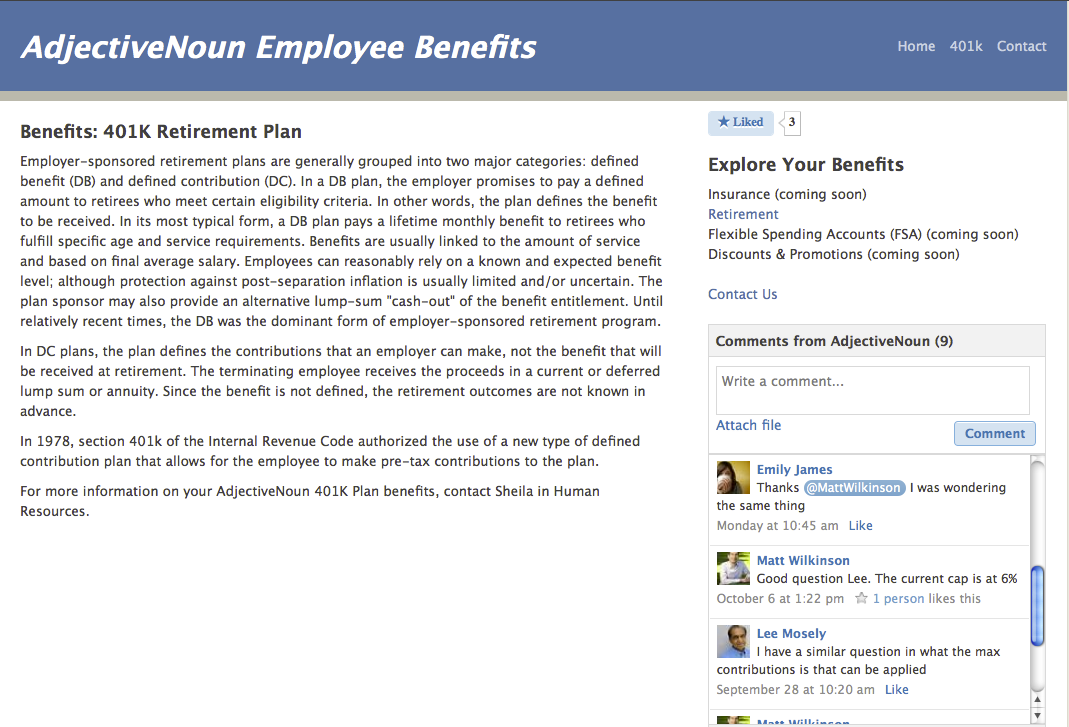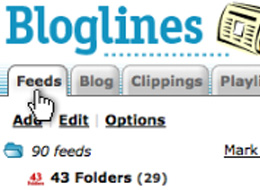Yesterday enterprise collaboration vendor Socialcast announced availability of a new set of tools and capabilities called 'Reach', that enable easy integration of the Socialcast activity stream and microblogging platform to traditional enterprise systems like CRM, ERP, Sharepoint; and even newer tools such as wikis and blogs.
To appreciate why this is important let's take a step back to look at enterprise microblogging in general, and Socialcast in particular. Internal organizational microblogging, often referred to as 'Twitter for the Enterprise', has been around for some time. Several vendors offer varied solutions in the space, the most notable and popular is probably Yammer, a service that has also recently improved and expanded its offerings. Enterprise micoblogging has always offered important benefits and features for organizations, especially when compared to Twitter.
Chief among these features are the ability to create secure, company-only networks, support for internal group formation, better functionality for sharing files and images, and less restriction (or no restriction at all), on the length of status updates beyond the Twitter-standard 140 characters. While the internal microblogging solutions have evolved, and continued to improve, they have to this point been somewhat limited in their attractiveness in many organizations due to their stand-alone deployment and their position as yet another enterprise system to be used, maintained, and monitored.
Much like Twitter sort of 'exists' on its own, mostly separate from other applications and software services that people use for their work, enterprise microblogging has stood separate as well, and for many use cases or valuable forms of collaboration between and among company colleagues this has proven if not an absolute barrier, certainly as a constraint to more widespread organizational deployment.
 Activity stream embedded on a wiki page
Activity stream embedded on a wiki page
Socialcast has been in the enterprise collaboration space for a few years, and their microblogging and 'enterprise activity stream' solution is flexible (allowing integration of content from external networks like Twitter or RSS feeds), and easy to use and deploy. Deployment options both on-premise or hosted make the solution more broadly appealing and able to meet varying IT organizations requirements.
The newest addition to the solution, Socialcast Reach, takes an important step in addressing the isolation issue, by providing the capability to embed and extend the collaboration platform and activity stream directly to the classic enterprise applications where employees carry out their work. By simply inserting some simply code, the Socialcast collaboration platform is instantly embedded inside the ERP, CRM, or the company wiki. So when a sales rep has a question about price or product availability when updating a customer account in the CRM, they can ask a question in an embedded Socialcast collaboration widget, to which others in the company can respond from wherever they happen to be, in the CRM as well, in the Socialcast application, on their mobile device, or anywhere else that the platform has been extended.
In addition to the familiar microblogging activity stream paradigm, Reach also offers support for two other types of collaborative engagement. 'Discussions' - focused discussions around key resources within your business that allows employees to engage in specific conversations related to customers, projects and operational metrics; and 'Recommendations' - a way for a user to “recommend” via a button on any resource in the enterprise, and for that recommendation to be inserted into the Socialcast platform, surfacing that person’s recommendation for the enterprise.
If you have only experienced microblogging via Twitter, or even if you have tried an enterprise microblogging solution, this ability to weave and embed the collaboration backbone more deeply within the accepted and expected existing systems and workflows in the organization may be the most important development yet in actually driving increased levels of user adoption and accruing value from more systemic collaboration.
For companies considering an enterprise microblogging or collaboration platform, Reach gives you another reason to check out Socialcast. Driving richer and deeper collaboration inside the enterprise and ingrained as part of the organization's work practices is likely an important issue and concern in most enterprises today. Talking about increased collaboration won't make it so, but deploying isolated tools and technologies might not either, and with 'Reach' Socialcast has created what might be the first collaboration solution that really understands that issue.

 Steve
Steve




